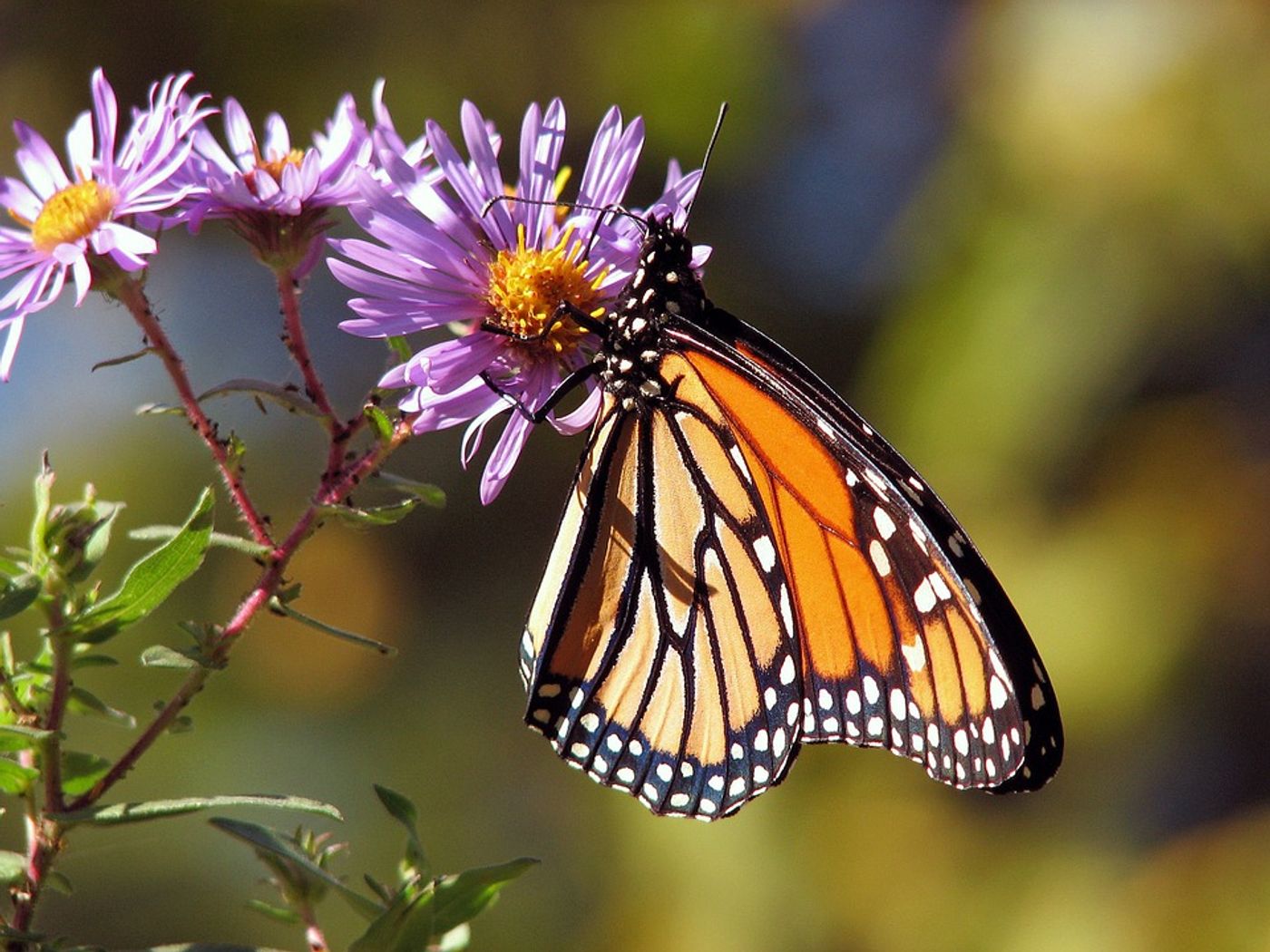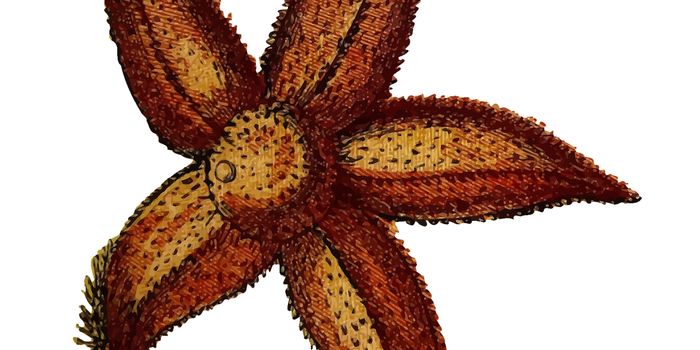Fall Migration is an Important Factor in Monarch Butterfly Population Assessments
A variety of different factors threaten many of the world's natural pollinators, and monarch butterflies are no exception to that statement. Conservationists are continuously attempting to identify which threats suppress the species, and new research published just this week in the Proceedings of the National Academy of Sciences reveals that there could be much more to the picture than meets the eye.
Image Credit: Pixabay
Winter habitat losses and milkweed plant counts are two of the primary tried-and-true factors that conservationists consider when conducting monarch butterfly population assessments, but as the new paper suggests, studying the species’ fall migration is just as crucial if conservationists ever hope to accumulate the most accurate population trend data possible.
"Getting accurate monarch counts in the summer is tough," explained study lead author Sarah Saunders of Michigan State University. "Finding them in the fall, though, is nearly impossible as they're moving hundreds of miles daily."
"Migratory periods are missing from most research because they are the most difficult periods to investigate," added study co-author Elise Zipkin. "For monarchs, the fall is the least-studied season because the data are so sparse and are generally opportunistic."
Related: Migrating monarch butterflies are experiencing augmented parasitism risks
Habitat loss in Mexico during the Winter months impacts the monarch butterfly, and so too does the persistent use of herbicides that destroy the species’ host milkweed plants in the Midwest during the Summer months. But both of these factors appears to have slowed down in recent years while monarch butterfly populations continue to decline at alarming rates; clearly, something isn’t adding up.
The new research aimed to find the missing link, and sure enough, the researchers’ year-to-year evaluations found that there’s more happening in between the Summer and Winter months that isn’t being accounted for in traditional monarch butterfly population assessments. This was the conclusion after analyzing several years’ worth of aggregated data on 19 different monarch butterfly colonies from various sources.
"Unsurprisingly, our model shows that all seasons are important; Summer, Fall, and Winter factors are all connected," Saunders said. "In particular, we found that landscape greenness during the fall migration, in addition to the peak summer population size and the amount of habitat at local winter colonies, were the key factors influencing the winter population size."
Related: Monarch butterflies' favorite food source turns poisonous amid rising temperatures
The study validates the notion that Fall-centric data is just as significant as the Winter and Summer data if conservationists hope to understand why the species is experiencing such declines. Given the circumstances, it might be wise to reconsider how monarch butterfly populations are tracked such that we can better serve their needs and make conservation efforts more effective.
Source: Michigan State University, Proceedings of the National Academy of Sciences









